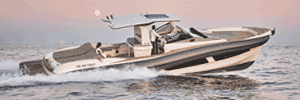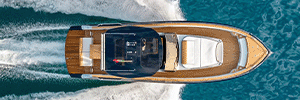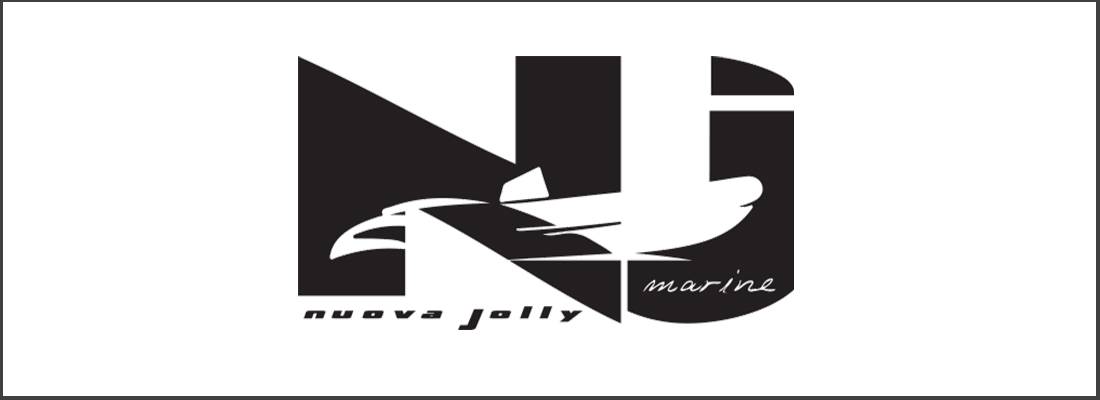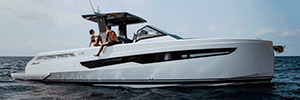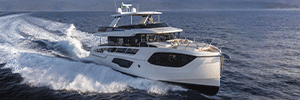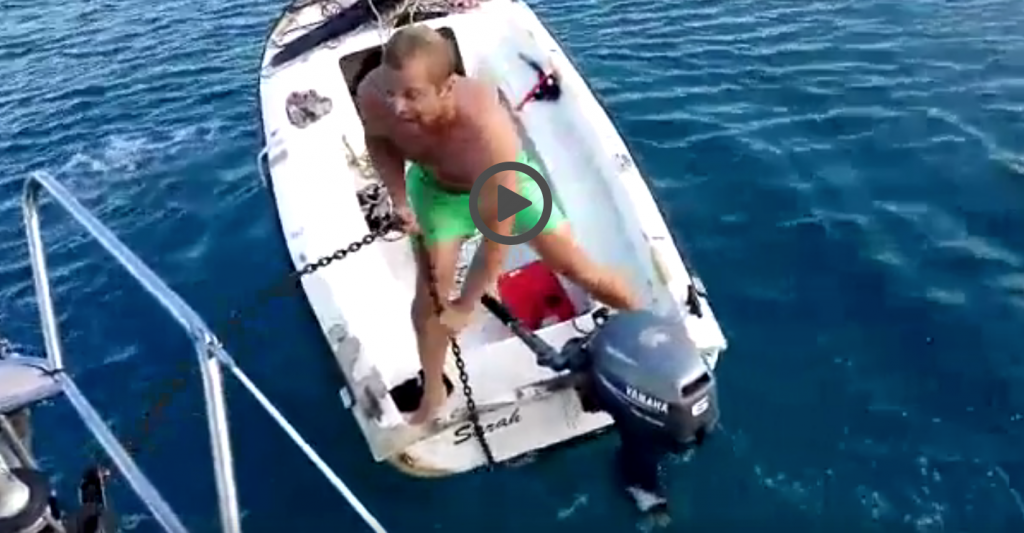Casting off safely: three tricks for easy maneuvres in port
It’s time to cast off. A nice fresh wind promises exciting navigation giving us a few hours of pure sailing. But… But the same wind that stretches cheerfully outside just waiting to give pressure to our sails, creates some serious problems at the mooring. Then what to do?
A first solution may seem trivial, but it is the basis of every choice made in safety: if we don’t feel able to let go of our moorings, no one is forcing us to do so, least of all if we have no assistance.
If, on the other hand, we think there are the safety margins to cast off the lines albeit in a somewhat more complex situation than usual, we can use a few tricks to set sail without causing damage, good old-fashioned boating didactics is always very useful.
Starting as usual with a basic consideration: what effect does the wind have on maneuvering and what can we do to counteract or take advantage of this effect? The following are three situations that can occur and that can create problems in case one does not have a bow thruster.
Casting off safely in a crosswind
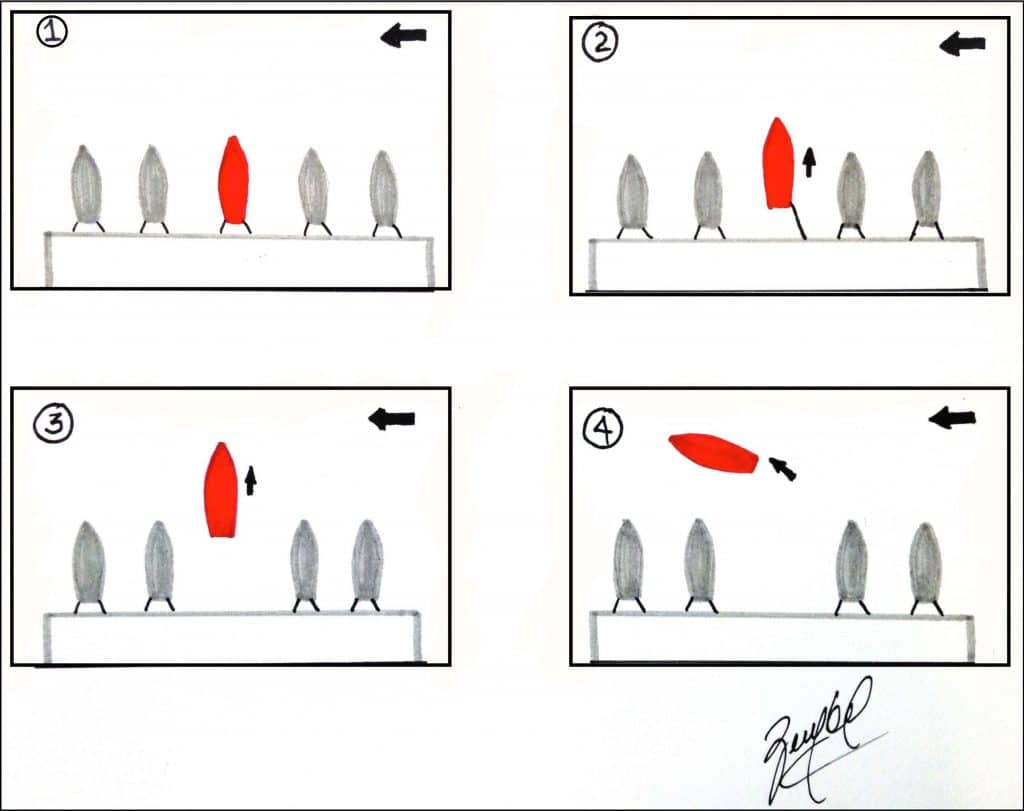
But if you are on your own, you can let go of all the downwind lines while remaining moored with only the stern line and the mooring post upwind. You will spin the stern line a bit so as to have a longer mooring thus giving a bit of forward gear. In this way the stern line will go into tension upwind preventing the bow from expiring downwind. You’ll go to clear the mooring post and quickly return to the cockpit to clear the stern line and set sail by calibrating the engine power.
Maneuvering in a tailwind
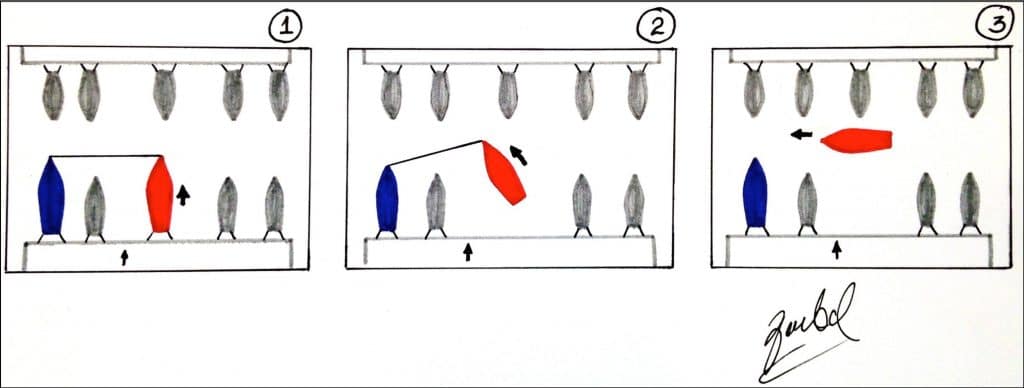
Again in the absence of a bow thruster, you can run a doublet line between your bow and the bow bollard of a boat moored before you in the direction of travel that you will need to follow once you get out. You sequentially release the mooring post then the stern lines and sail slowly by having a crew member calibrate the pull on the doubled line so that the bow is supported upwind. Once regularly oriented toward the exit you can retrieve the line on board and get out.
The same maneuver can be performed in a fresh wind across your berth by supporting the bow with a line passed over the bollard of a boat upwind.
Casting off safely from a quayside mooring
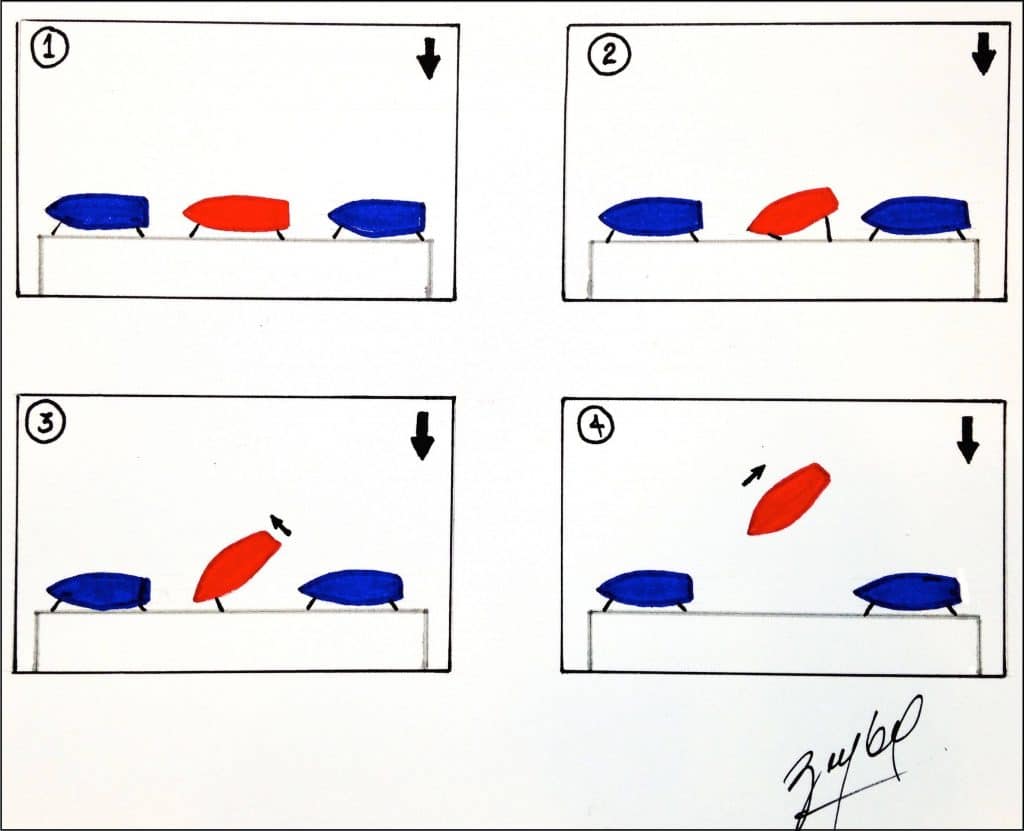
In this case it is necessary to use the power of the spring. You put one on the bow from the foremost cleat to a bollard at the dock that you locate toward the stern. At this point, having cleared the other moorings, you will give forward gear while a crew member will protect the bow by lowering a fender at the point of contact between the jaw and the dock.
The pull of the spring will pull the bow alongside the dock causing the stern to rotate outward. When you are sure you are clear, you will bring the gear into neutral and quickly give a generous reverse gear causing the spring to clear the bow. This succeeds even better if the propeller’s evolutionary effect is in favor of the outward direction.




